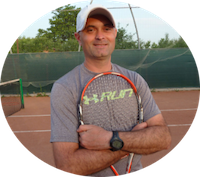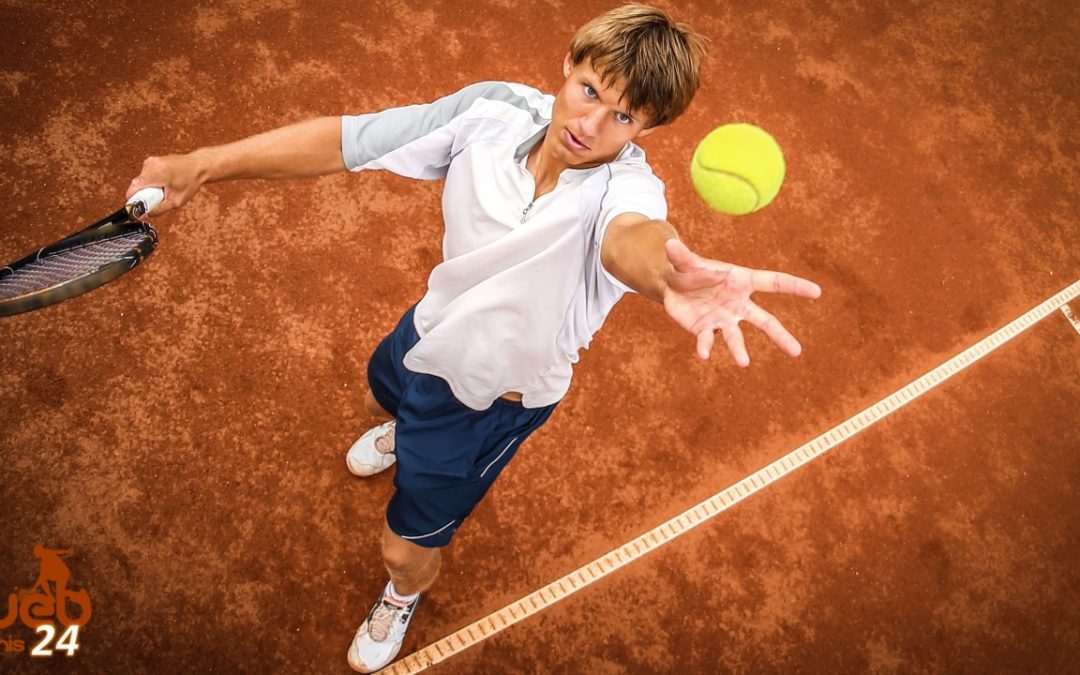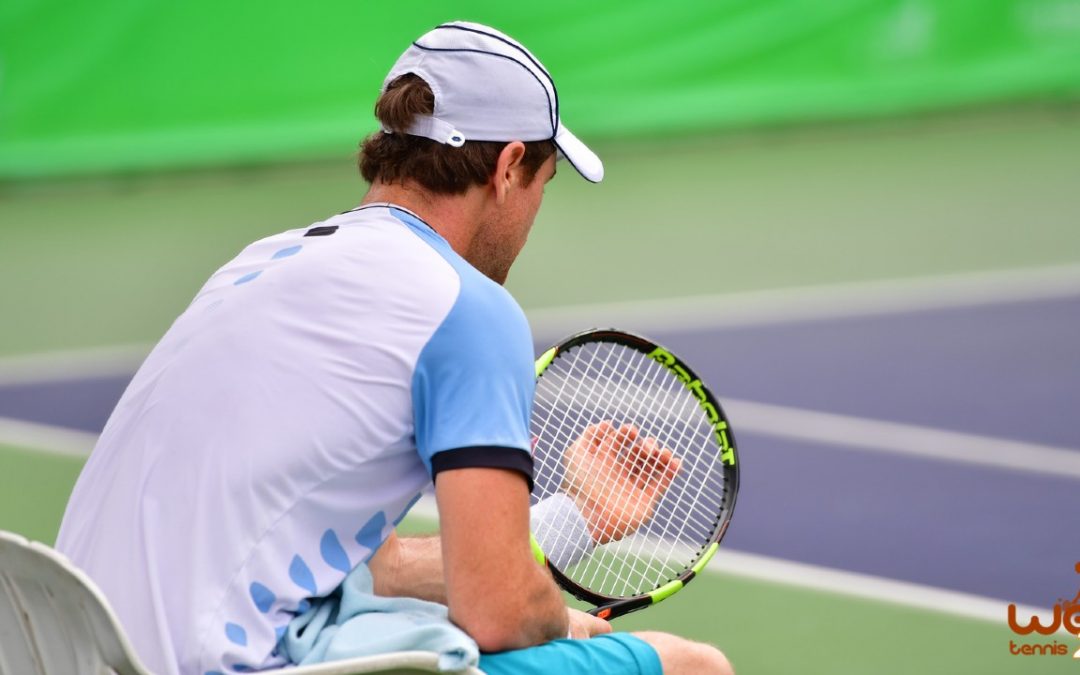
TWO Reasons Why You Should SLICE Your Second Serve
Even as an experienced player, I have had to pay for multiple serves I wouldn’t tactically place right when playing against some of my top juniors.
To not begin the point in a defensive situation, we will be looking at one very important tennis stroke that you should perfect – the second serve.
You just missed your first serve.
While preparing your second serve, you see your opponent stepping inside the baseline, ready to attack. You’re in trouble. Once you land that shot, your opponent will be all over your second serve.
What can you do so that your second serve will not put you in defensive mode?
SLICE IT.
Why slice and not topspin or kick?
For these two simple reasons:
1. Slice (side-spin on the serve) will keep the ball low.
As a result, your opponent will be forced to play the ball by hitting it up, decreasing their chances of putting it away (or attacking it) from a low contact point.
2. The spin will make it harder to control the ball when your opponent returns it.
Especially if you are a doubles player, think about serving and volleying… Would you not prefer to hit a slice so that your opponent would return the ball high and set you for a high volley?
On the other side, if you choose to go for a topspin serve as a second delivery and move up to the net, the returner will attack your high bouncing serve of yours and put it down to your feet.
In conclusion, practice your slice serve as often as you can so that you will see great results when the time comes up to hit a second serve.

Cosmin Miholca
Certified Tennis Coach
Check out my work at WebTennis24 where I share with you my best video tennis lessons, drills and tips for players, coaches and tennis parents.






